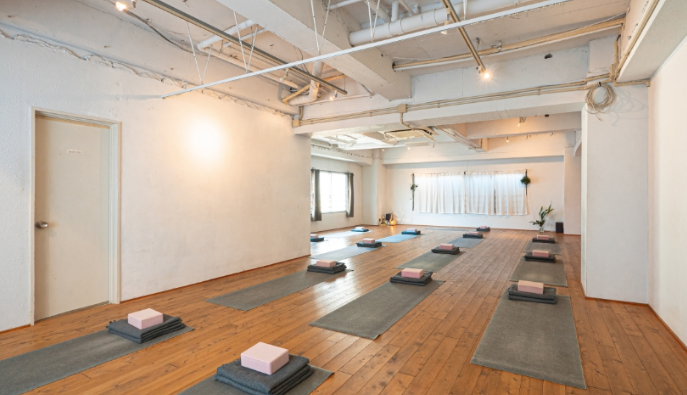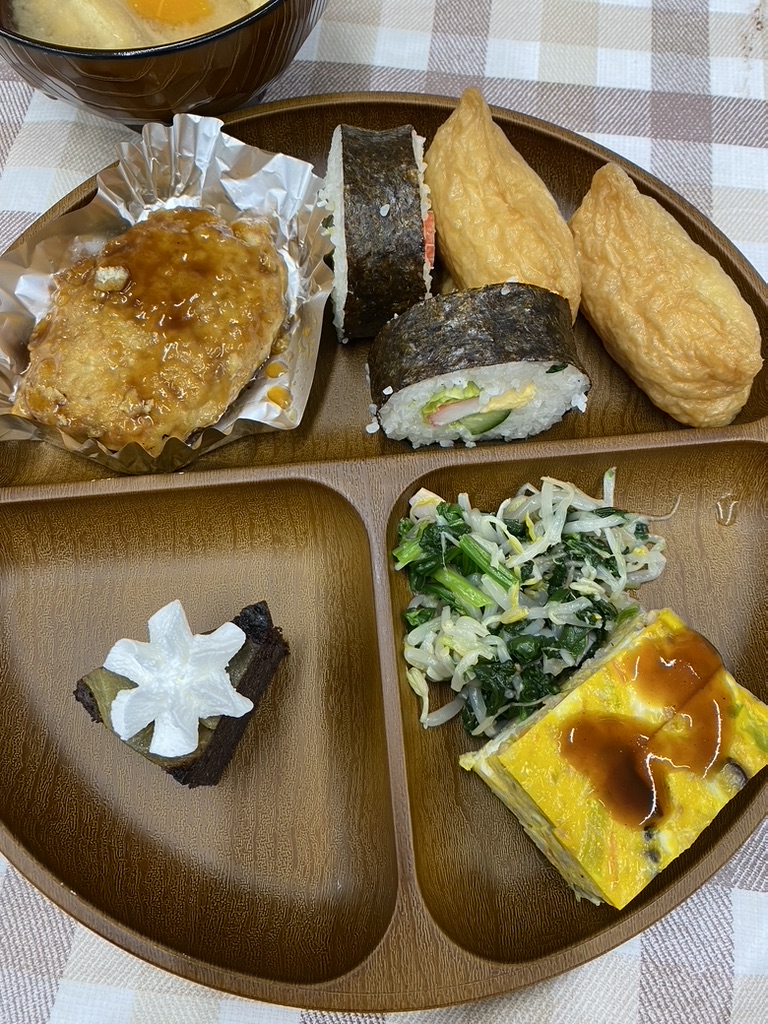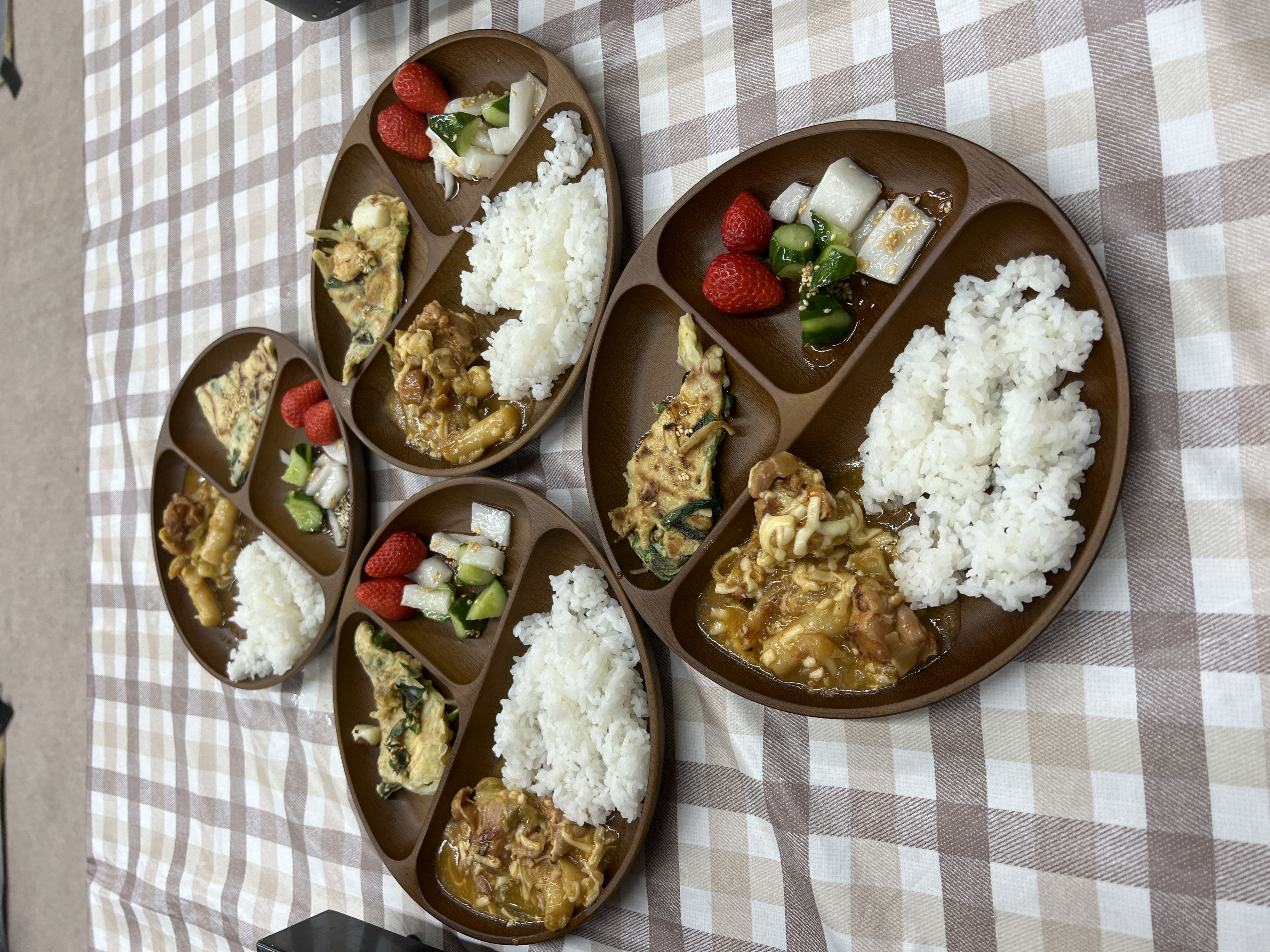For my CIP, I chose to learn the Shamisen under Iwasaki sensei. Since previous students from KCJS had already taken lessons from her, it was easy to start (although contacting her was a bit of a struggle since she was always out when we called). On the first day, I was nervous but going with another KCJS student, Alexis, made it less stressful. The first day, we were welcomed in during the middle of a lesson, which felt more like a rehearsal. Like previous posts already made, the lessons aren’t really like lessons and more of practicing together. By playing with the other students, I found myself slowly improving while having fun. The other students were all old, but they were energetic and treated us kindly. They even sent us back home with chocolates on the first day.
I knew that I wanted to push myself to talk more so I would also ask a few questions here and there whether it be about trying to understand the sheet music (which is very different from western sheet music) or asking how long they’ve been playing. It was hard for me to start or continue a conversation but luckily, the other students, and Alexis who came with me, were pretty talkative. During lessons, everyone mainly focuses on playing the piece so there isn’t much opportunity to talk then. It may be different depending on when you set your lesson time since each time we came in, the students there were already rehearsing a piece so there was no chance to talk before a lesson. After each lesson, however, they offered to treat us out to dinner providing an optimal time to chat with them and the teacher. It was interesting to me that even though they were much, much older than us, they told us to call them by their nicknames and gave us nicknames too. They told us some stories about themselves and in exchange, we also gave some of our own. I also saw that even quieter students became so talkative after they started drinking.
Since our program in Japan ended abruptly, I couldn’t properly say bye to them but was able to eat with Iwasaki sensei one last time before leaving. I was able to talk a lot then and before we left, she showed us around an antique cafe she liked (The interior was really cool. I highly recommend asking her about it so you can go too). I really enjoyed how kind the other students and teacher were, even though it was awkward at times. If I could go more times, I think instead of relying on the other students to talk, I would’ve definitely pushed myself to talk even more and try to practice keigo more with the teacher. They understand we’re learning Japanese and have fun hearing us talk so I recommend just saying anything, even if it sounds dumb, off, or random, and to try to treat them as friends (with respect though). Overall, the experience was really enjoyable. However, my goal was to be in a CIP with a lot of people to talk with so this fulfills that but if you want to make friends with younger people, I would suggest finding an active club.
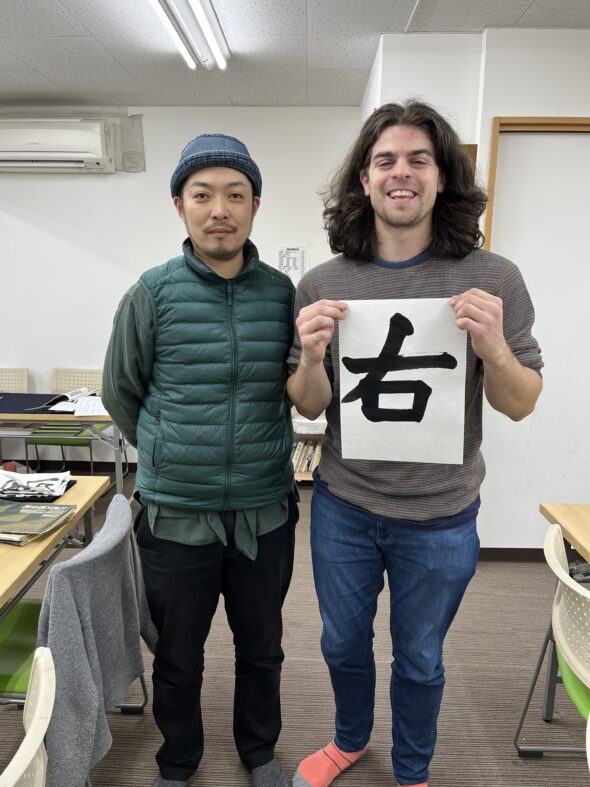
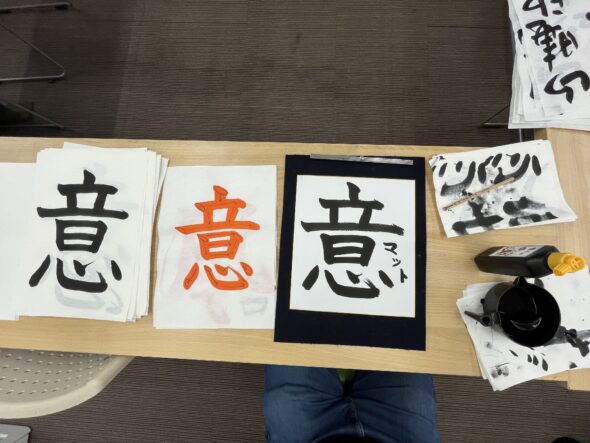

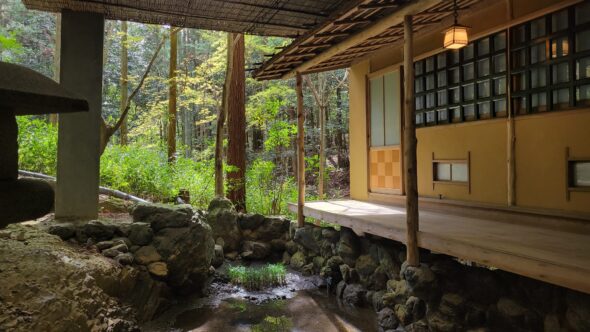
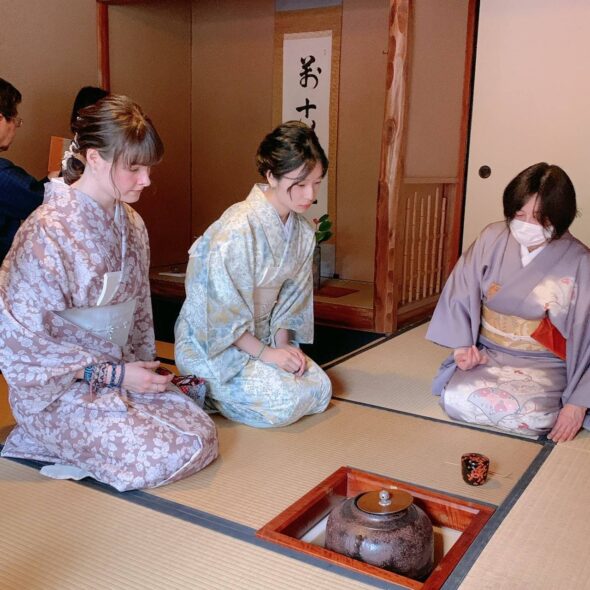
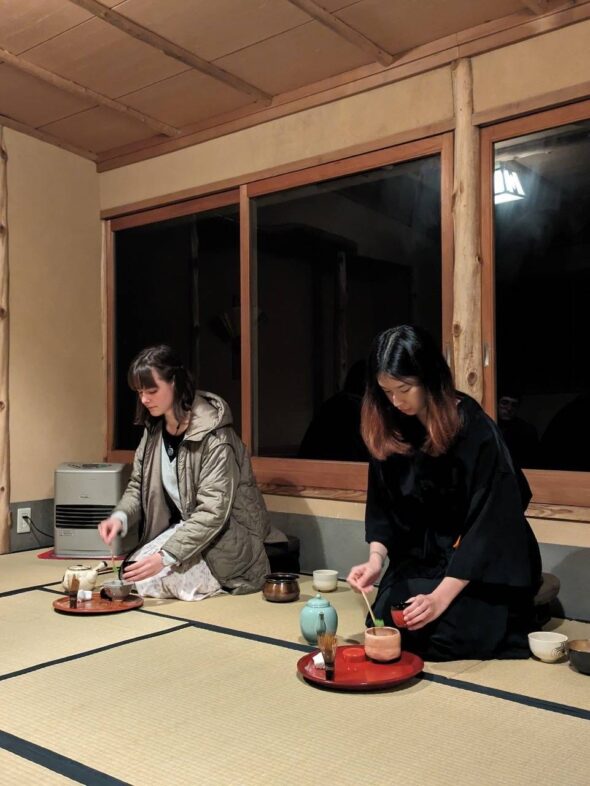
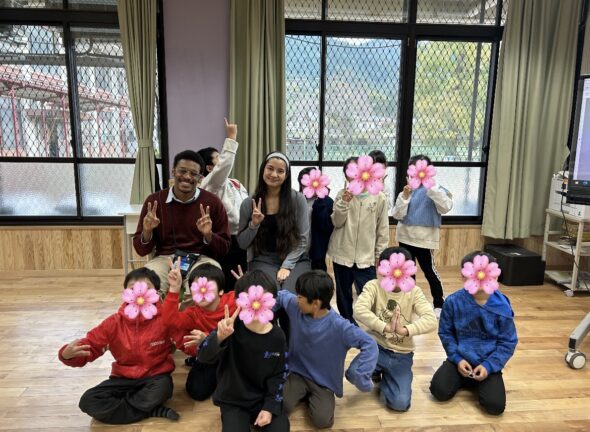
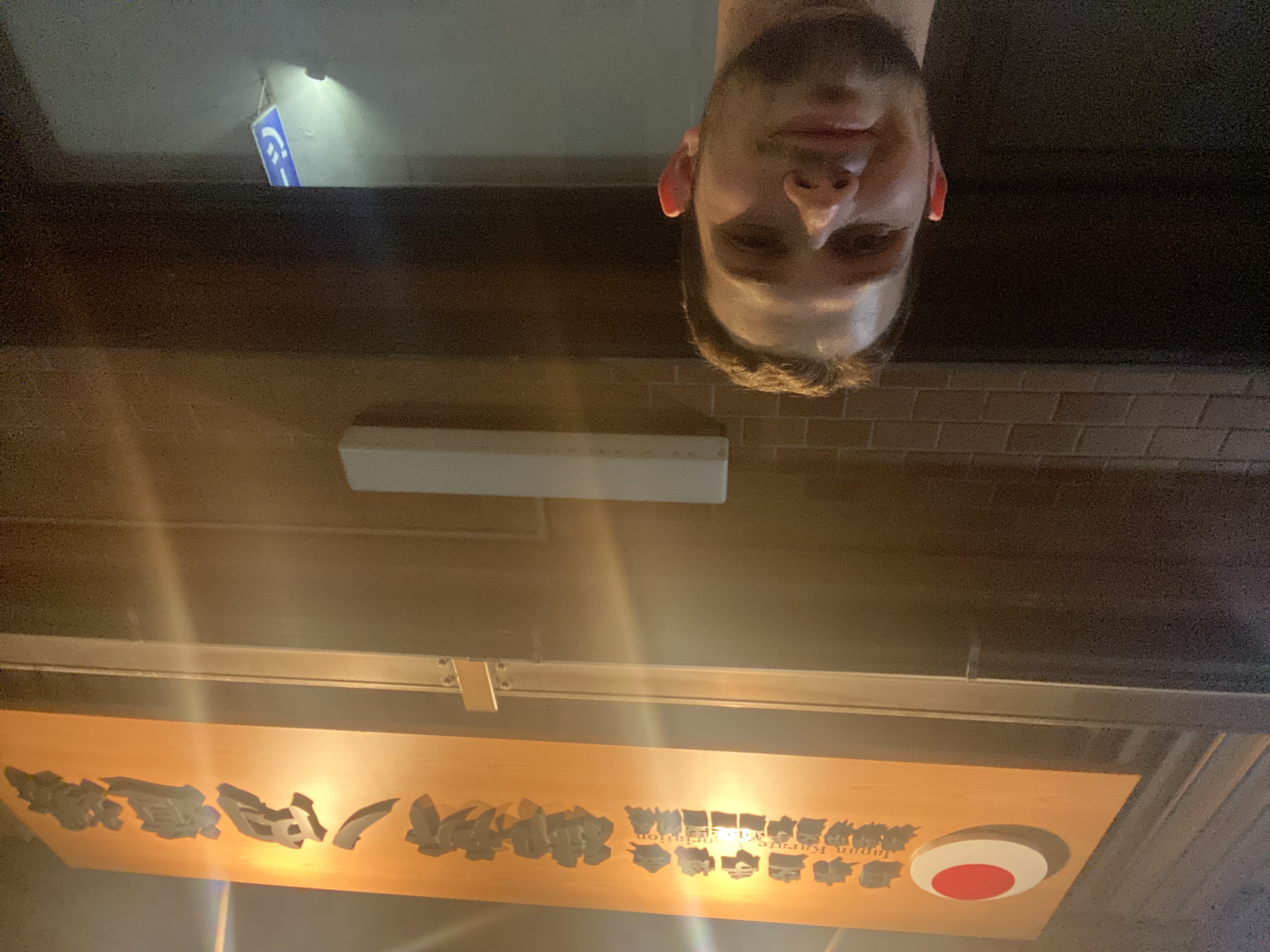 For my CIP, I chose to join a local Shotokan Karate dojo, Goshonouchi dojo, run by Kato Sensei. I joined because I had seen good things in what I found online, and a fellow CIP student was attending and she spoke very well of it. Prior to this I had several years of experience in martial arts, but only in the US, which I can now say, definitely has bit of a culture gap. I found everyone to be very friendly and nice, but they also weren’t afraid to be straightforward when instructing or teaching the formality of karate, something I very much appreciated. If I were to give advice, I would say to ignore any fear or nervousness. One of the strongest points of martial arts is it’s relative simplicity, and in that, a direct way to improve. No one expects perfection and to make a mistake is to learn, so don’t fear making them. Likewise, everyone comes to a dojo for the same reason, so don’t be scared of any of them, even the most serious practitioners are very much friendly if you take the time to talk to them. I actually went out of my way to train with the pro fighter during breaks in between class activities and it’s probably some of the best training I’ve ever gotten. If you don’t let fear hold you back, I promise it’ll be a great time.
For my CIP, I chose to join a local Shotokan Karate dojo, Goshonouchi dojo, run by Kato Sensei. I joined because I had seen good things in what I found online, and a fellow CIP student was attending and she spoke very well of it. Prior to this I had several years of experience in martial arts, but only in the US, which I can now say, definitely has bit of a culture gap. I found everyone to be very friendly and nice, but they also weren’t afraid to be straightforward when instructing or teaching the formality of karate, something I very much appreciated. If I were to give advice, I would say to ignore any fear or nervousness. One of the strongest points of martial arts is it’s relative simplicity, and in that, a direct way to improve. No one expects perfection and to make a mistake is to learn, so don’t fear making them. Likewise, everyone comes to a dojo for the same reason, so don’t be scared of any of them, even the most serious practitioners are very much friendly if you take the time to talk to them. I actually went out of my way to train with the pro fighter during breaks in between class activities and it’s probably some of the best training I’ve ever gotten. If you don’t let fear hold you back, I promise it’ll be a great time.